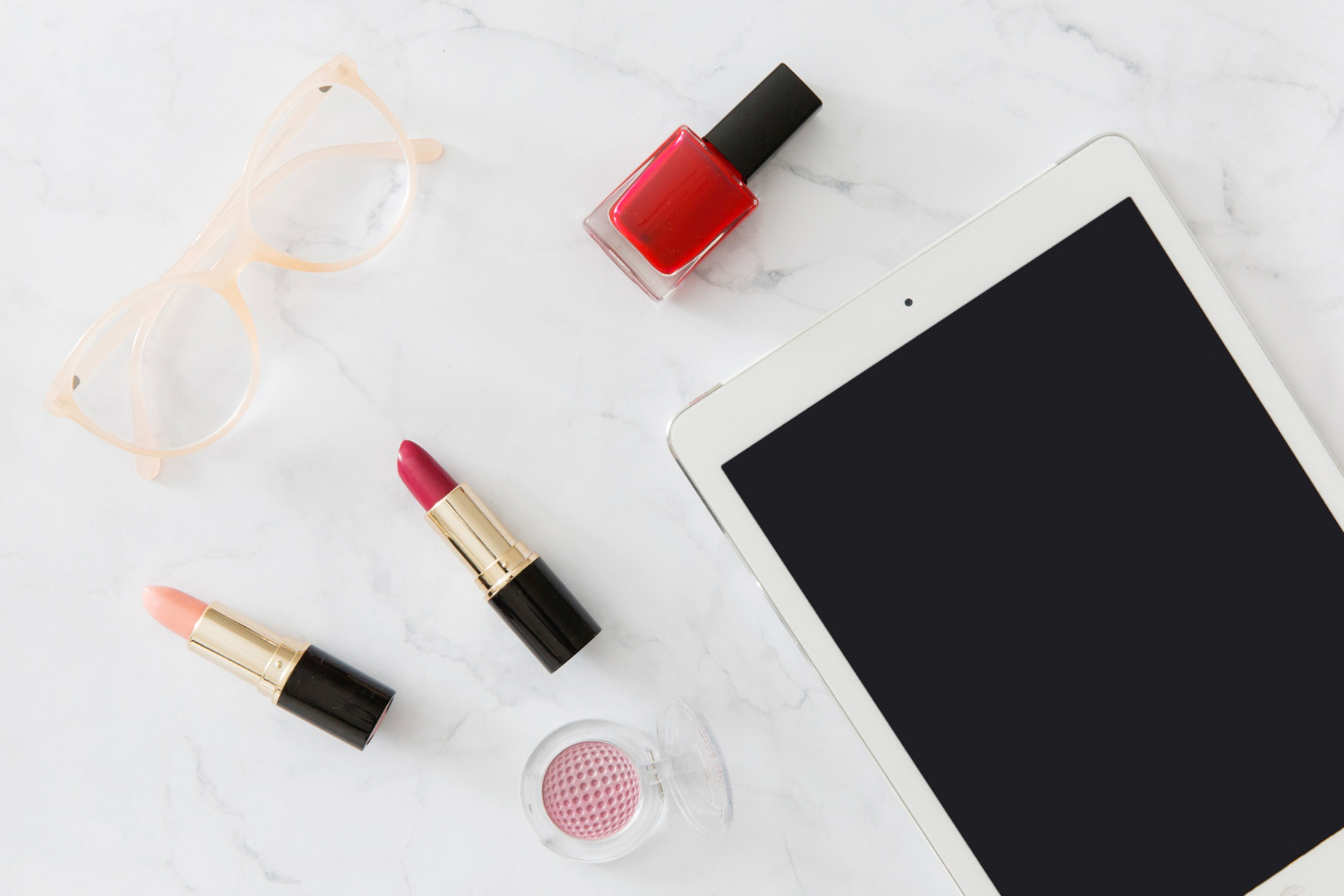The beauty industry, once a monolithic landscape dominated by a singular, often unattainable ideal of beauty, is undergoing a profound transformation. The days of a “one size fits all” approach are waning as consumers demand products and messaging that resonate with their unique needs, preferences, and cultural backgrounds.
This shift is driven by a confluence of factors, including increasing diversity, technological advancements, and a growing awareness of ethical and sustainable practices.
The Diversity Imperative
The beauty industry’s global reach has brought to light the immense diversity of skin tones, textures, and sensitivities across different cultures. What works for one consumer may not be suitable for another, highlighting the need for tailored solutions.
From addressing hyperpigmentation to combating acne or dryness, products must be formulated to cater to specific skin concerns that vary widely across ethnicities.
Gender Identity and Expression
The beauty industry has traditionally been associated with femininity and traditional gender roles. However, in recent years, there has been a significant shift towards greater inclusivity and acceptance of diverse gender identities and expressions.
The visibility of transgender and gender non-conforming individuals in popular culture and media has helped to raise awareness of their experiences and challenges. Movements like LGBTQ+ rights and body positivity have played a crucial role in advocating for greater inclusivity and acceptance in all areas of life, including beauty.
As consumers become more aware of the importance of diversity and inclusion, they are increasingly demanding products and messaging that reflect their own experiences and identities. In response to these factors, beauty brands are beginning to take steps to become more inclusive. This includes expanding product lines.
Many brands are expanding their product lines to include a wider range of shades, textures, and formulations that cater to the needs of transgender and gender non-conforming individuals. For example, some brands are offering makeup products specifically designed for transgender women, while others are offering gender-neutral fragrances and skincare products.
Beauty brands are also using more inclusive imagery in their marketing campaigns. This includes featuring models of all genders and identities, as well as using inclusive language in their advertising. Some brands also support LGBTQ+ organizations and initiatives. This can include donating a portion of their proceeds to these organizations or partnering with them on special projects.
Age-Specific Needs
The beauty industry has traditionally focused on targeting younger consumers. However, as the global population ages, there is a growing demand for products and messaging that address the unique needs of older consumers. This shift is driven by a number of factors, including an increased lifespan.
People are living longer and healthier lives, which means that they are more likely to remain active and engaged in their appearance well into their later years. Beauty standards are becoming more inclusive, and older adults are no longer expected to conform to traditional ideals of youth and beauty. Older adults have a significant amount of spending power, and they are increasingly willing to invest in products that can help them look and feel their best.
Small Business Cybersecurity PR: Building Trust Through Clear Communication
Small businesses face increasing pressure to protect customer data while maintaining transparency...
How To Build Trust Using Media Relations For Cybersecurity
Media relations plays a vital role in shaping public perception and building trust around...
Creating an Effective Communications Plan
Creating an effective communications plan requires careful planning, strategic thinking, and a...




